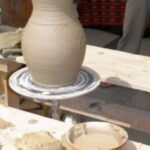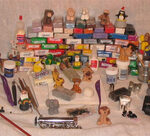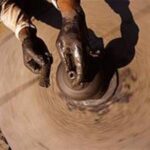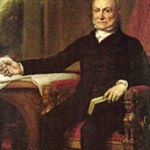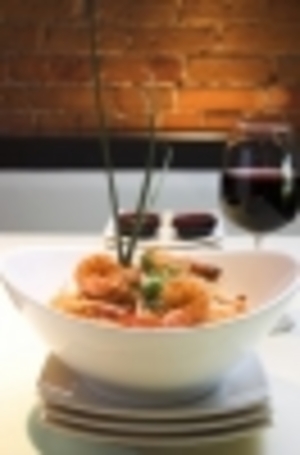There are grass courts. There are clay courts. But when you think of tennis, the courts most people think of are hard courts. Even though this type of court is the most readily available court to the average tennis player, people still don’t quite understand just what makes a hard court unique. Hard courts are a relatively new addition to the game of tennis. In earlier days, most games where played on grass courts or hard courts. As a matter of fact, three out of the four major tournaments were played on grass.
The increased prevalence of hard courts on the professional tour caused playing styles to increase as well. For example, players that stayed in the back of the court began to become more noticeable and successful at the top tiers of the game (see Jimmy Conners and Bjorn Borg).
As the game expanded and became more accessible to the public, hard courts moved to the forefront. One of the main reasons for this is because a hard court is much easier to maintain than a grass or clay court. This is why most recreational courts are hard courts.
Even though they are considered to be the most neutral of all playing surfaces, hard courts generally play fast. A normal hard court will be faster than a clay court, but slower than a clay court. This means that people that play with power and like to attack will have an advantage over people that like to play offensively. Offensive baseliners, such as Venus and Serena Williams, Mardy Fish, and James Blake find success on hard courts.
With that being said, hard courts can vary in speed and ball bounce depending on their composition. For example, the hard courts at the US Open are made of Deco Turf. Because of its hardness, the surface plays extremely fast. The ball barely slows down when it hits the court. The Australian Open used to use Rebound Ace. This surface was much softer, and the ball bounced higher, making the play resemble a clay court.
Players often encounter injuries on regularly on a hard court, as the surface is not forgiving on the body. A lot of running is required to play well on hard courts, along with a lot of quick changes in direction. You can’t slide like you can on a clay court, and the points usually last longer than on a grass court. Also, hard courts can retain an enormous amount of heat. During hot summer months, the on court temperature can soar to 90 degrees and above.
